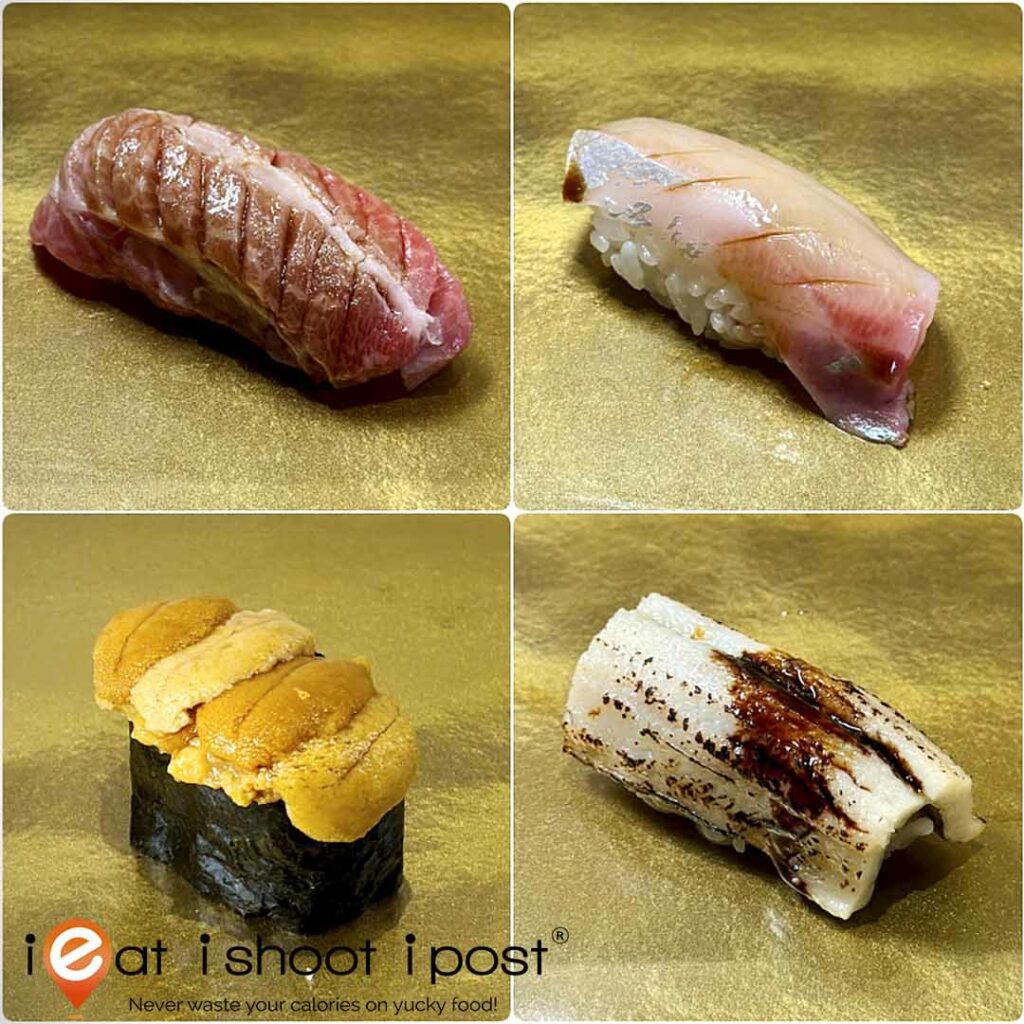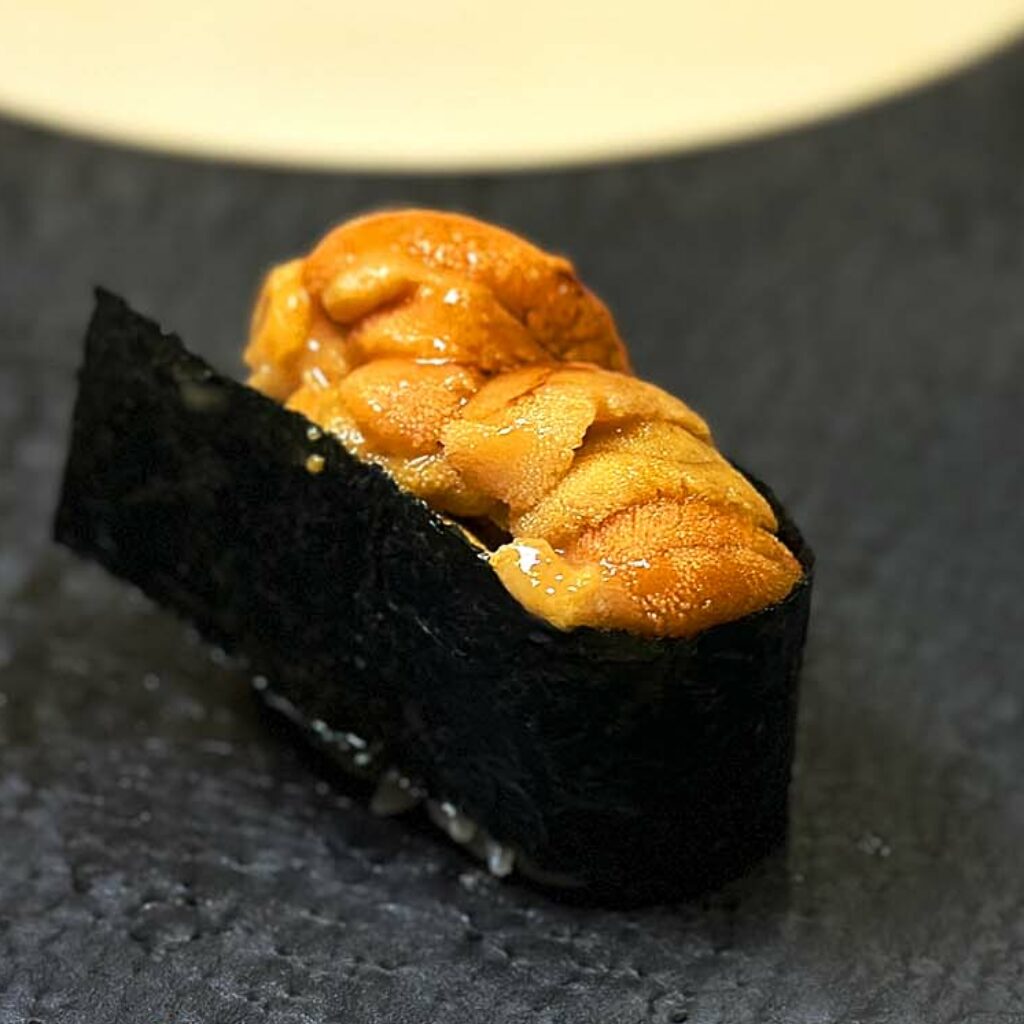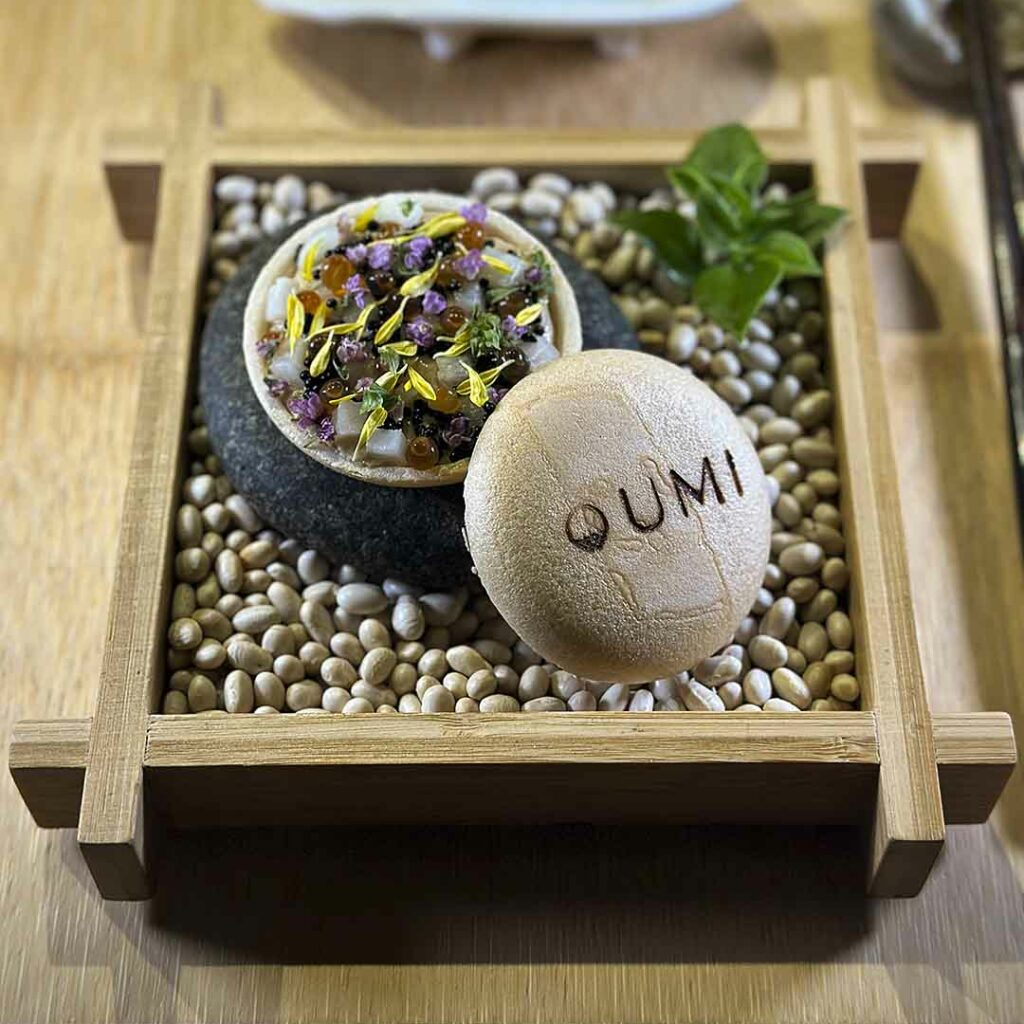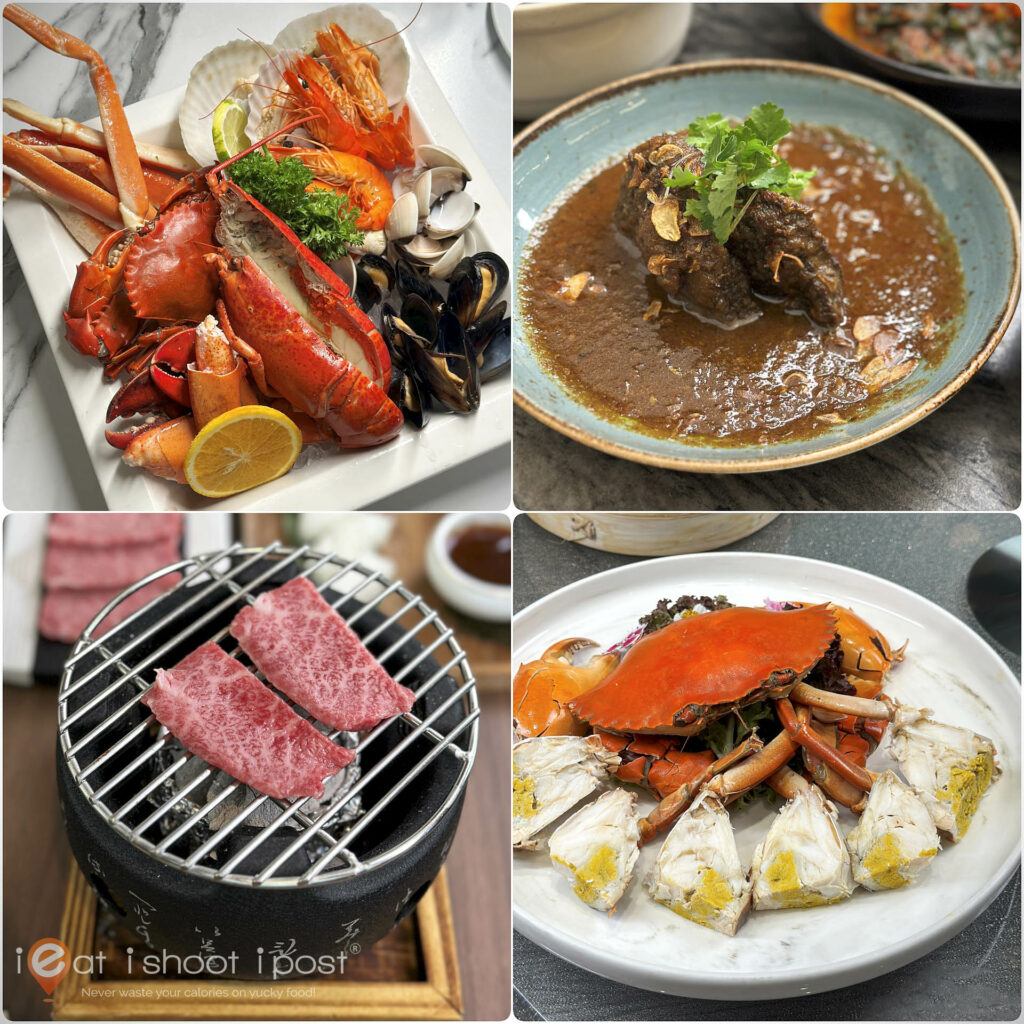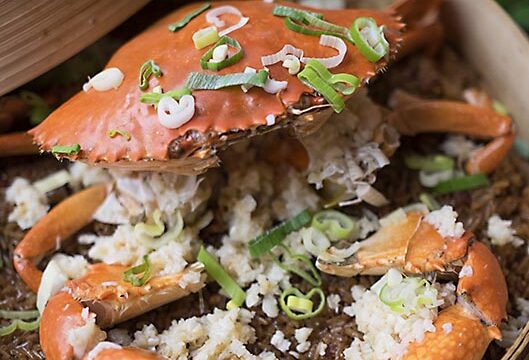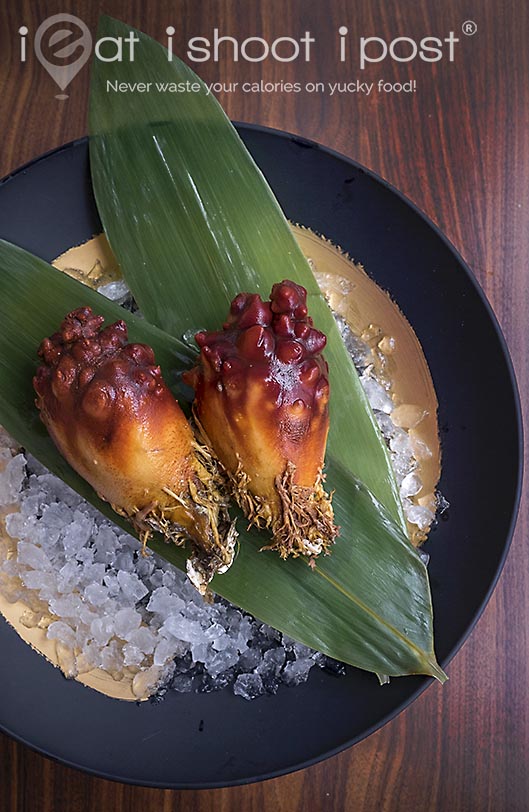
Sea Squirt, Ascidian, Sea Pineapple
Halocynthia roretzi
Japanese: Hoya
This post is for the hardcore gastrogeeks.
What is a gastrogeek, I hear you ask?
Well, over the years I have been trying to find a term to describe myself as a person who loves to eat, shoot and post stories about food. The press usually refer to me as a “food blogger”, a term which doesn’t quite resonate with me. It’s a little too general and doesn’t really describe what I do. I don’t just go around writing a diary about the things that I have eaten. Yes, it did start off that way, but over time, it became a journey of discovery — a pilgrimage if you will. Rather than just writing about where to find the tastiest food, I began to delve into the origins of the dish, teasing out the cooking techniques and conducting inquisitions into the ingredients. Over the years I have written in depth about prawns, durians, sushi and my current project is about local fish. I have even spent months experimenting, baking and eventually writing my theses on the Pandan Chiffon Cake and Japanese Cheesecake!
Thus, I feel “food blogger” doesn’t really describe what I do.
I have also been described as a “Foodie”, another term which I also found to be inadequate. So, over the years, I have coined other terms like “food adventurer” and “gastronomic pilgrim” both of which I feel better conveys my journey of food discovery. Just recently, I thought that I would describe myself as a geek. Don’t you think that “geek” best describes a person who would spend months at the wet markets collecting different species of prawns just to photograph their sexual organs? So I started to refer to myself a food geek which was later changed to “gastrogeek” by my son, James. I thought he had just coined a new word which would eventually find its way into the dictionary, but a cursory search on google revealed that some other geek had already coined the phrase! Oh well….
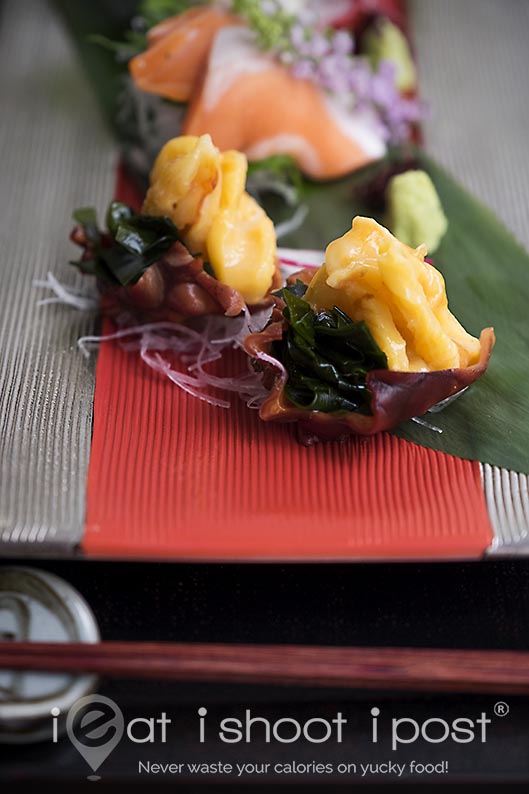
Anyway, back to our story today.
If you consider yourself a gastrogeek, culinary adventurer or gastronomic pilgrim, then Kanda Wadatsumi should be the next stop on your gastronomic journey. What makes them different from a lot of other Japanese restaurants is that they are owned by the Fishery Association of Japan who represent over 300,000 coastal fishermen. So the restaurant is a platform where they can showcase the best seafood harvest from the different regions of Japan.
About a decade ago, the most important thing about eating sushi and sashimi was the freshness of the seafood. Nowadays, freshness is a given as most of the half respectable Japanese restaurants would have their seafood flown in from Japan at least 3 times a week. But there is much more to a slice of sashimi than the time interval between when the fish was dispatched to the time it hits your plate. It really does depend on where and when the fish was caught.
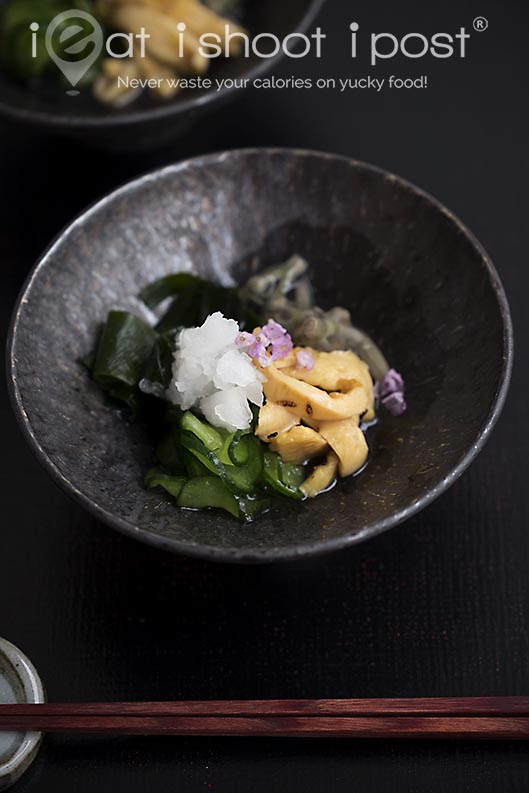
Take tuna for example. Ask any sushi tsu and they will tell you that to experience tuna epiphany in summer, you need to look for tuna that is caught west side of Aomori (Sea of Japan). These are known as “Fukaura Maguro” in Japanese and is considered the “Pride Fish” of Aomori. That would be “Pride Fish” of Aomori. Similarly, other regions of Japan would also have their own “Pride Fish” which they can show off to the world. If you are a gastrogeek like me, you would immediately understand why a restaurant like Kanda Wadatsuni is such a welcome addition to our local Japanese food scene.
This restaurant showcases the “Pride Fish” of different regions of Japan. Every 1-2 months they will import the best seafood produced by a certain region in Japan at the peak of the season. They are currently featuring Miyagi and Iwate prefectures and so we get to experience the “Pride Fish” of these two places in Japan.
The Hoya or sea squirt is a most unusual organism. It really looks like something that could be used to portray Klingon cuisine in a Star Trek episode. Miyagi prefecture is the largest producer of the sea squirt which is in season during summer. Also called the sea pineapple, hoya is a very popular food in Korea. It is less so in Japan but has its own following.
Now, there are two kinds of foodies. Those who would look at a hoya and can’t wait to find out what it would taste like and those who would wait for someone to try first and tell them. Well, let me just say that it isn’t nearly as threatening as durian. The flesh of the sea squirt looks and has the texture of jackfruit but tastes more like a mollusc. It is subtly sweet and when marinated with vinegar has a flavour that is reminiscent of a pineapple. It isn’t something that I would go gaga over, but I am really excited that I got to eat a sea squirt!

Coho Salmon/Silver Salmon
Oncorhynchus kisutch
Japanese: Date no Gin (Date’s silver)
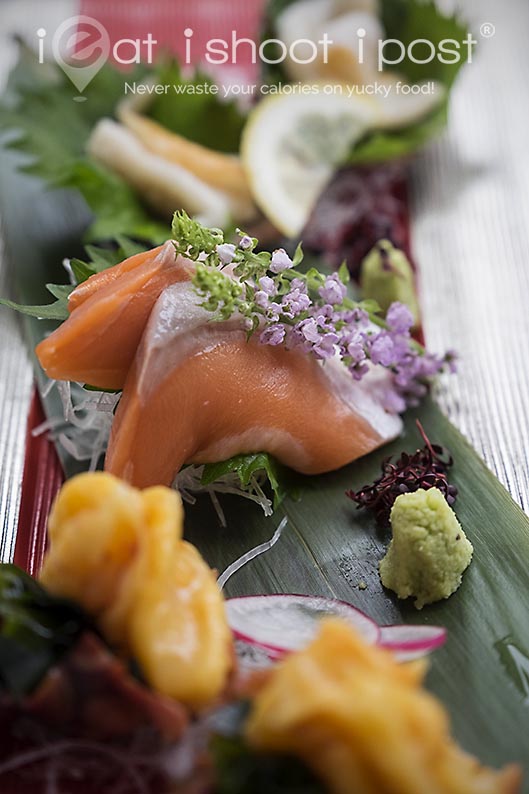
The other fish that is part of the mariculture industry in Miyagi is the Coho or Silver Salmon. Miyagi produces 95% of the Coho salmon in Japan and when the earthquake and tsunami hit in 2011, the production was decimated. Most of the salmon that is served here in Singapore is the farmed Norwegian Atlantic Salmon which contains the most fat amongst the different salmon species. Coho are considered a medium fatty salmon whose reddish orangy flesh is favoured by the Japanese for its flavour. Those of us who are used to eating Atlantic Salmon would probably find the meat a little lean. However, this is probably a conditioned response because of the exposure to Atlantic Salmon. If you are looking for something with a little more flavour and less fatty, this is a good salmon to try.
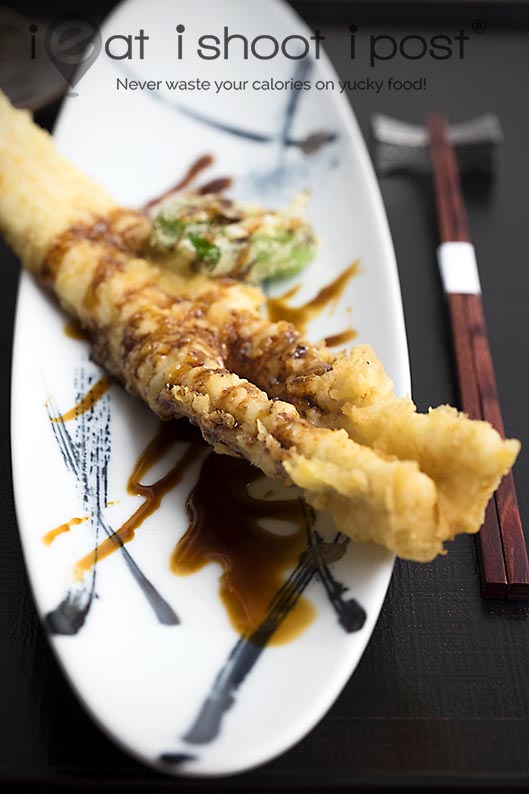
Omotehama Conger Eel
Conger myriaster
Japanese: Anago
Conger Eel is best enjoyed in summer when they are at their fattiest and I never miss ordering a piece of anago sushi when it is available. Anago is usually simmered in a tsume which is a reduction of shoyu, sake, mirin and the bones of the eel and it is served towards the end of the sushi course. It is always nice to have something cooked with a thick sweet sauce at the end of the meal to make a chinaman like me feel that I have eaten a meal.
Miyagi is one of several regions that is famous for its harvest of conger eels. These eels are quite finicky and have to be dispatched in the right way so that the meat will become soft and creamy when it is cooked. If it is not done right, the simmered eel will not be able to conform to the shape of the shari (rice) properly. As such, the anago is first killed and filleted before it is shipped to Singapore.
It was unfortunate that I arrived on a day when the simmered anago was sold out. So I had to settle for the tempura version which is another popular way of having the fish. It was lovely and I really enjoyed the fish with the thick tsume over a bowl of rice!
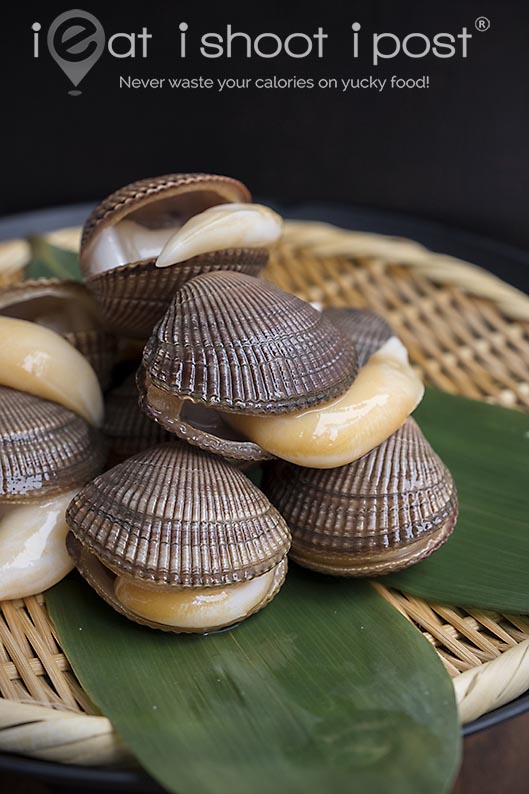
Bering Sea Cockle/California Cockle
clinocardium californiense
Japanese: Ishigakigai/石垣貝
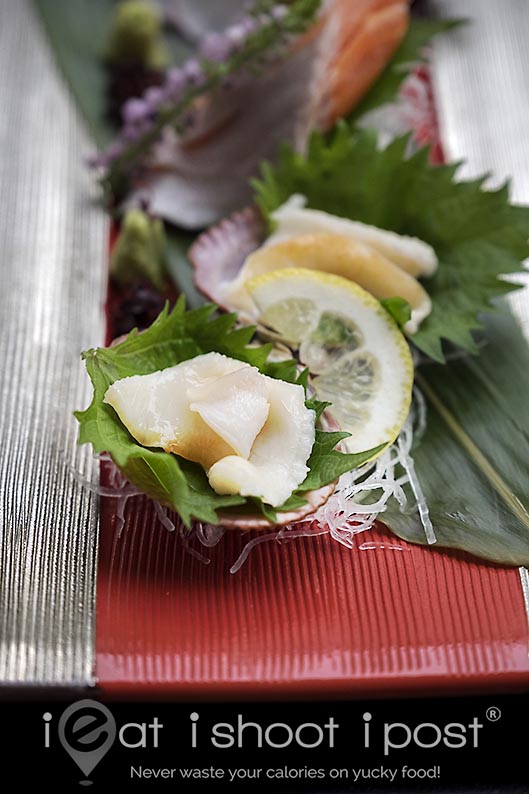
Miyagi and Iwate together with Aomori form a region known as Sanriku which is located on the Northeastern part of the main island of Honshu. As we move northwards from Miyagi to neighbouring Iwate prefecture, we find the ishigakigai or Bering Sea Cockle. These cockles are cultivated in Iwate and were still writhing when I photographed them. The flavour is mild and subtly sweet and tasted similar to other shellfish like the torigai. It wasn’t as crunchy as akagai which is one of my favourite shellfish.
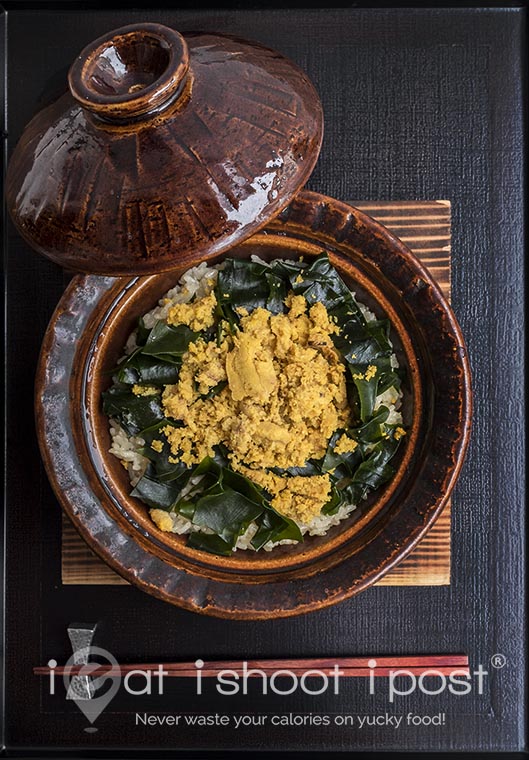
One of the most popular ingredients from Iwate is the baked uni which comes from the town of Omoe in the district of Miyako in Iwate. Baked sea urchin was invented 80 years ago by a Japanese housewife as a means of preserving the uni as it makes its long trip of 20km by sea around the peninsular to the market in central Miyako. Baking the uni not only lengthens its shelf life but also alters the flavour of the uni.
Now, raw uni is one of my favourite sushi tane, so when I first saw a whole mound of it on top of rice, I was really happy. However, the flavour of the uni was nothing like the raw form. It had the texture of hard boiled egg yolk and tasted like a fishier version of it. I can’t really say that I enjoyed the baked uni on top of rice. However, it might be a delicious ingredient if prepared in some other manner.
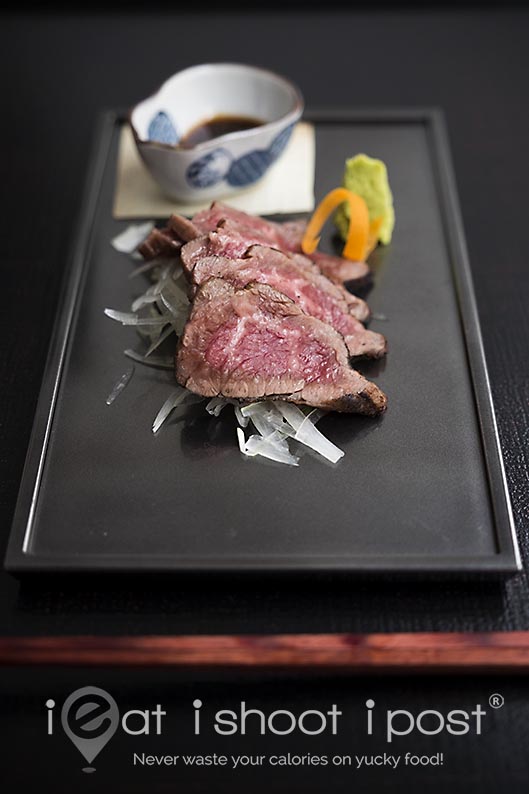
They serve a set lunch for $30 or you can opt for the $60 Omakase set lunch which will feature some of the seasonal Pride Fish. There is also a $120 Omakase available for dinner which will include the usual suspects like otoro and sashimi of various fish. The wagyu tataki shown in the photo above is part of the $120 Omakase set which is torched over a cedar plank to infuse it with a smoky aroma.

Chef Hara was seconded to the Singapore branch from Kanda Wadatsuni in Japan and hails from Hokkaido. As with most Japanese chefs, his preparation is meticulous. The otoro tobanyaki is one of the signature dishes from the main restaurant in Japan. It is part of the omakase set and is very good.
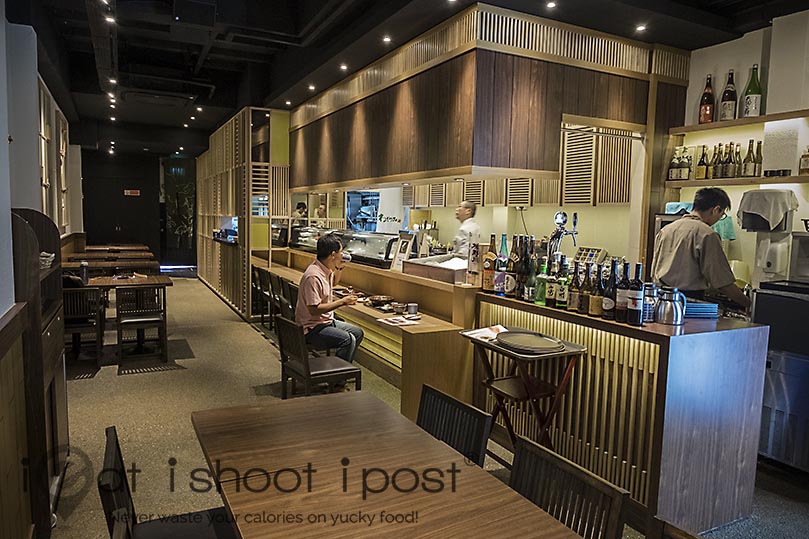
Conclusion
Great place for culinary adventurers and lovers of Japanese seafood. They showcase the seasonal Pride Fish of different regions of Japan rather than the usual seafood which you get at most sushi bars. The food is authentic, the setting is unpretentious and it is good that they have kept the prices quite reasonable.
Here’s an interesting episode which features the Pride Fish of Shimane prefecture, the black throat sea perch or nodoguro.
This was a media hosted review



